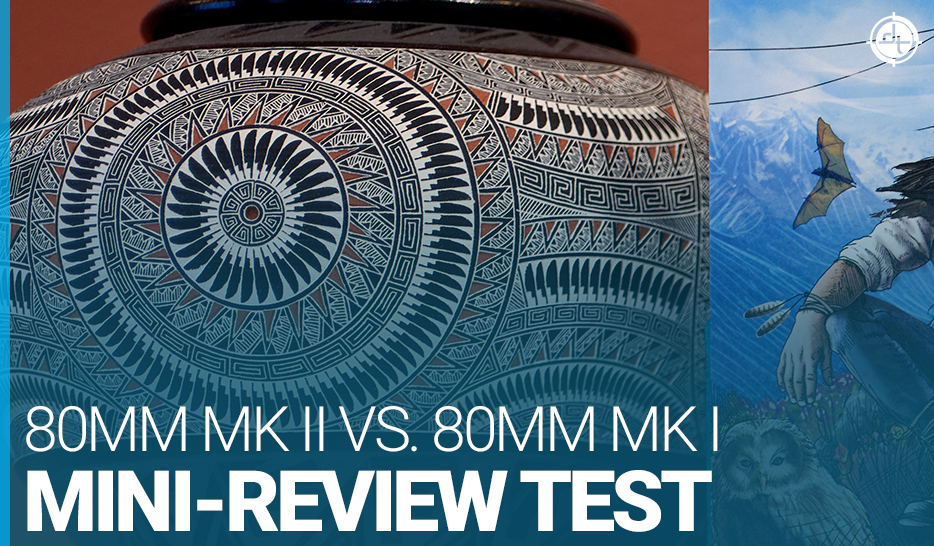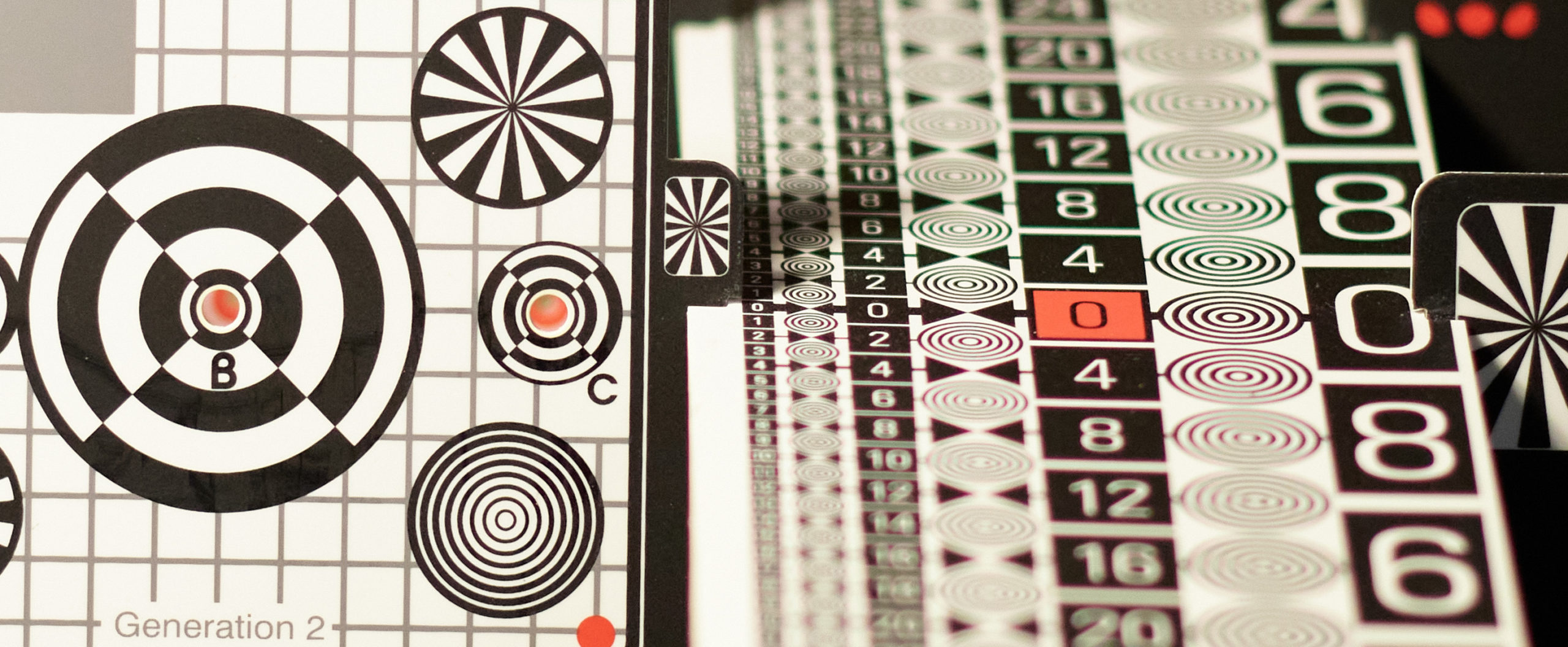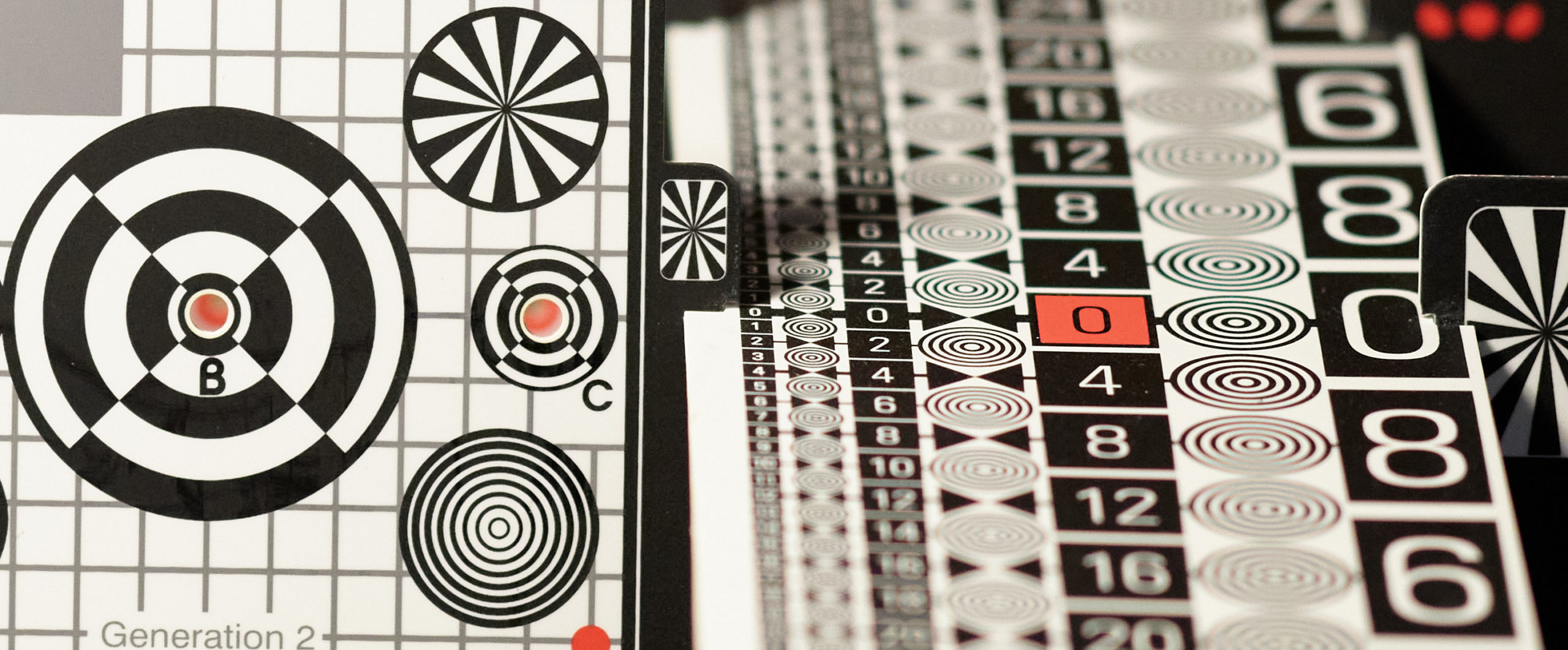Digital Transitions, Gear Testing, Lenses, XF
Mini-review of Phase One SK 80/2.8 BR Mark II vs. SK 80/2.8 BR
Our client David Liu recently reviewed the new 80mm Mk II lens compared to its predecessor on GetDPI.
David Liu Reviews the new 80mm Mk II After Extensive Testing
I focus-trimmed a copy of the new Phase One 80/2.8 BR Mark II lens. It was set to a focus trim value of 170 at the factory and back focused noticeably out of the box, but in reality, needed a focus trim value of 70 to eliminate back focusing. Then I did a side-by-side comparison of a test scene shot on a tripod with the 80/2.8 BR Mark II vs. original.
Testing specifications: f/2.8, about 1 m distance, ISO 1600, 1/400s, tripod-mounted, leaf shutter triggered by a seismograph, IQ4-150 on an XF body.
How does the 80mm Mk II overcome weaknesses in the original lens?
One small note: the autofocus-recompose (AFr) mode works with this new lens only after updating the XF-IQ4 firmware to the current (8.00.18) firmware, which you can download here.
Here are center-zone tiny 100% crops of JPGs converted with Capture One 20 in default settings (the center of the image and the AF target was the center of the large target):
I always considered the 80/2.8 BR original lens to be a very good lens, but not an exceptional one.
Wide open, it suffers from two issues in my opinion:
1) Pronounced chromatic aberration, very evident in the first crop above.
2) Tangential lines are noticeably softer than radial lines, also evident in the first crop above—see the sides of the 0 in the red square and the circular lines in the large target, for example.
The center of the image was the center of the large target, so all the circles in that target are tangential. This tangential softness gets quite a bit worse towards the outer parts of the image—it’s actually minimized in this crop of the center of the frame. Both of these weaknesses have been corrected to an impressive extent in the new 80/2.8 BR Mark II lens. In addition, the slightly warm color tinge of the original lens, which didn’t bother me but was something to be aware of during post-processing, has also been partially corrected in the Mark II.
The sharpness of the Mark II lens, even wide open, is spectacular corner to corner—similar to that of the Phase One 150/2.8 BR lens, which is one of the sharpest lenses I’ve ever used. Here is a whole-frame test scene taken at f/2.8 and a 100% crop of the same image from the upper left corner. Download the RAW file here.
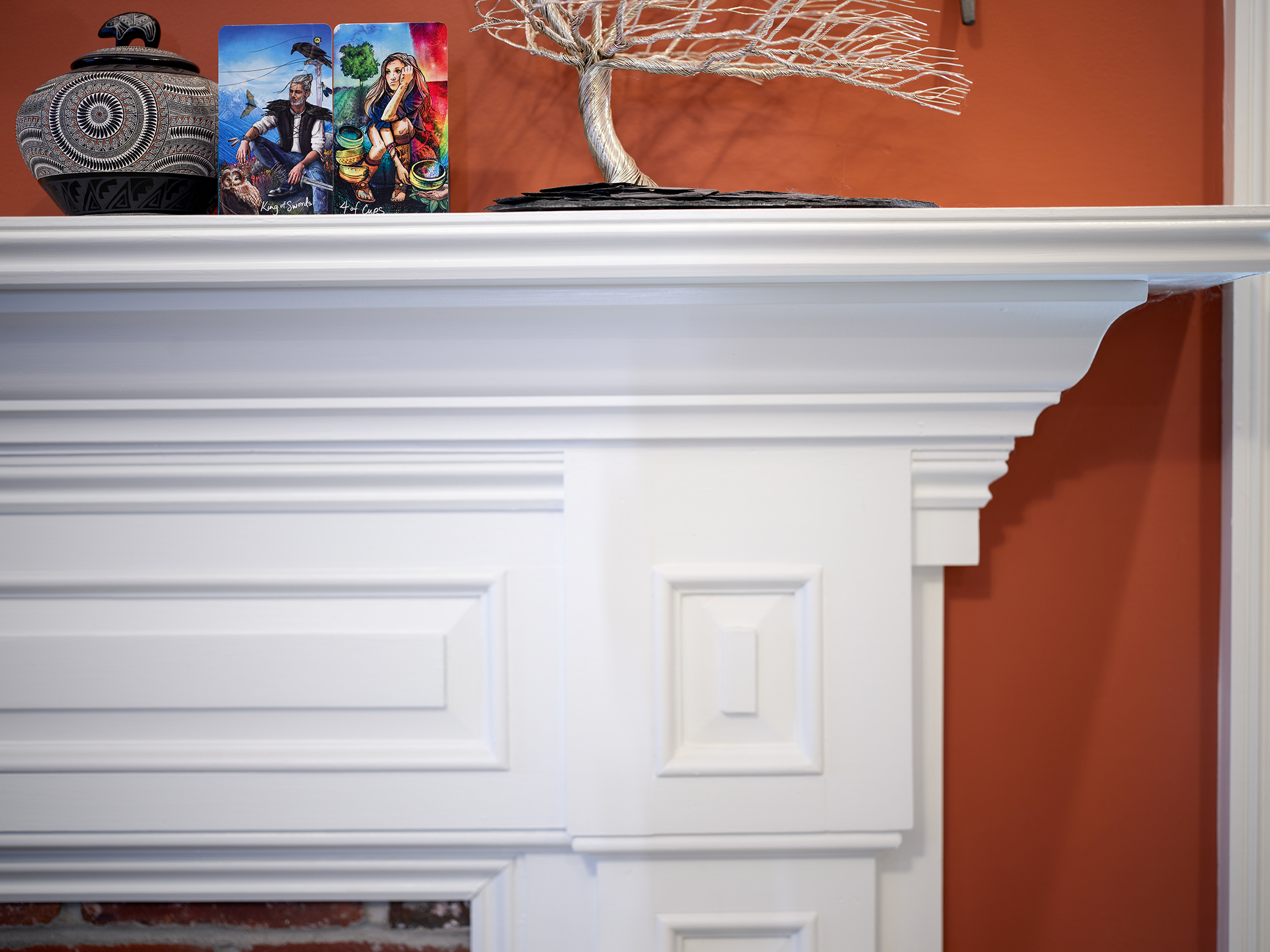
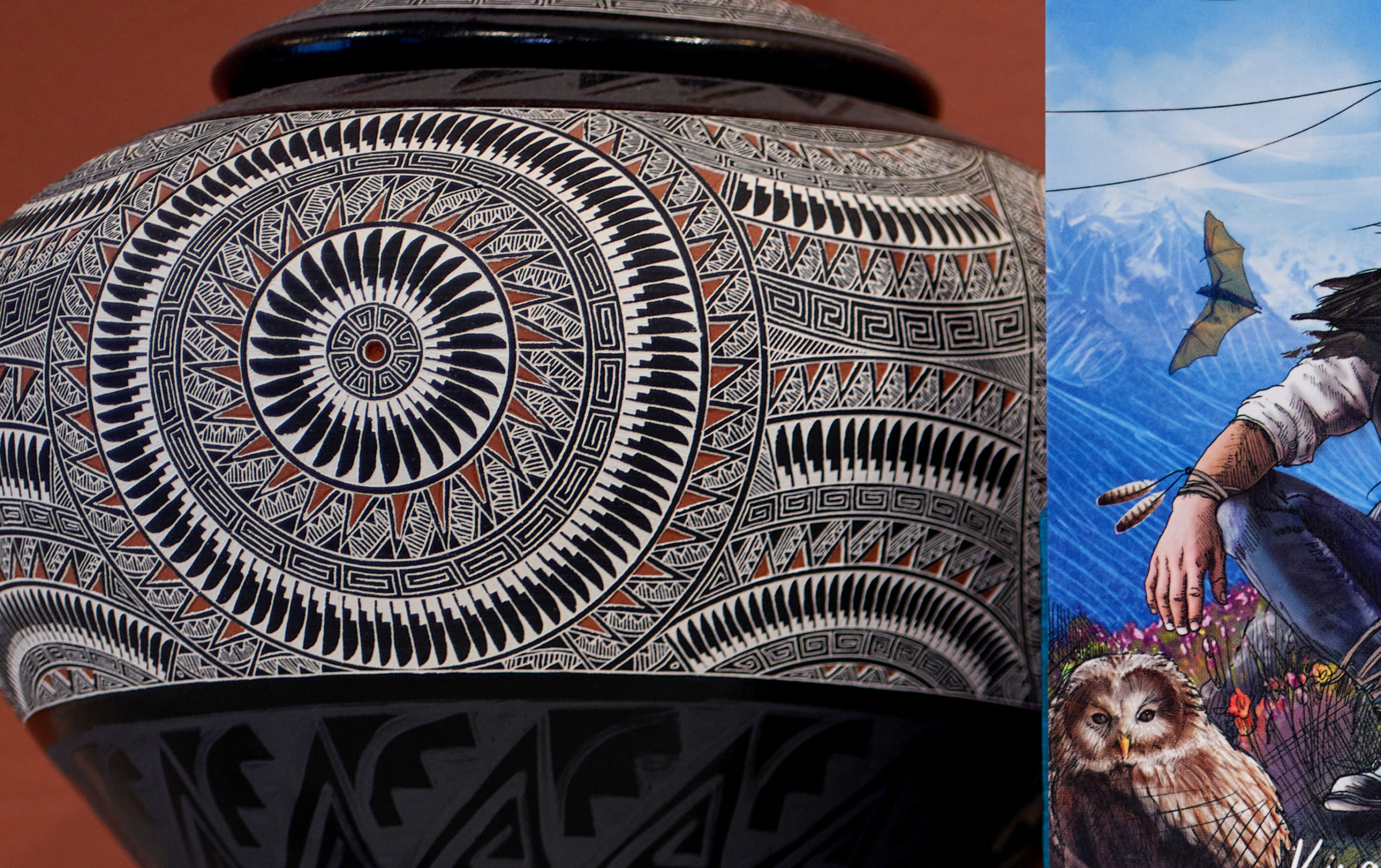
Are the changes in the 80mm Mk II worth the upgrade?
By some manufacturers’ standards (Leica, Hasselblad), the Mark II lens is sufficiently resistant to chromatic aberration even wide open that it might be branded as an apochromatic lens if Phase One used such classifications. I’m especially happy about the greatly reduced CA, which shows up in many out-of-focus areas in images taken with the original 80/2.8 BR lens.
Of course, the arrival of the new Mark II lens doesn’t make the original lens any less good (except to Dante’s followers perhaps), and the original remains a very good lens that also happens to be the most compact lens in Phase One’s current lineup. The Mark II version is slightly longer and heavier, but still the smallest lens (other than the original 80/2.8 BR) in the current lineup.
AF response speed and accuracy was similar for both lenses—the AF feels fairly fast, noisy, and… aggressive.
Is the Mark II worth $6,000? If you like your original 80/2.8 BR and don’t mind its astigmatism or chromatic aberration, which is only bothersome to me wide open or nearly wide open, then probably not. But if you want a still-quite-compact 80/2.8 lens that is more-or-less apochromatic and clearly sharper wide open, you won’t be disappointed. If you don’t have the original and are thinking of getting an 80/2.8, I highly recommend the Mark II. The $2,500 extra is a lot of money but scaled to medium format glass isn’t unreasonable given the performance gains, especially if you shoot a lot wide open.

